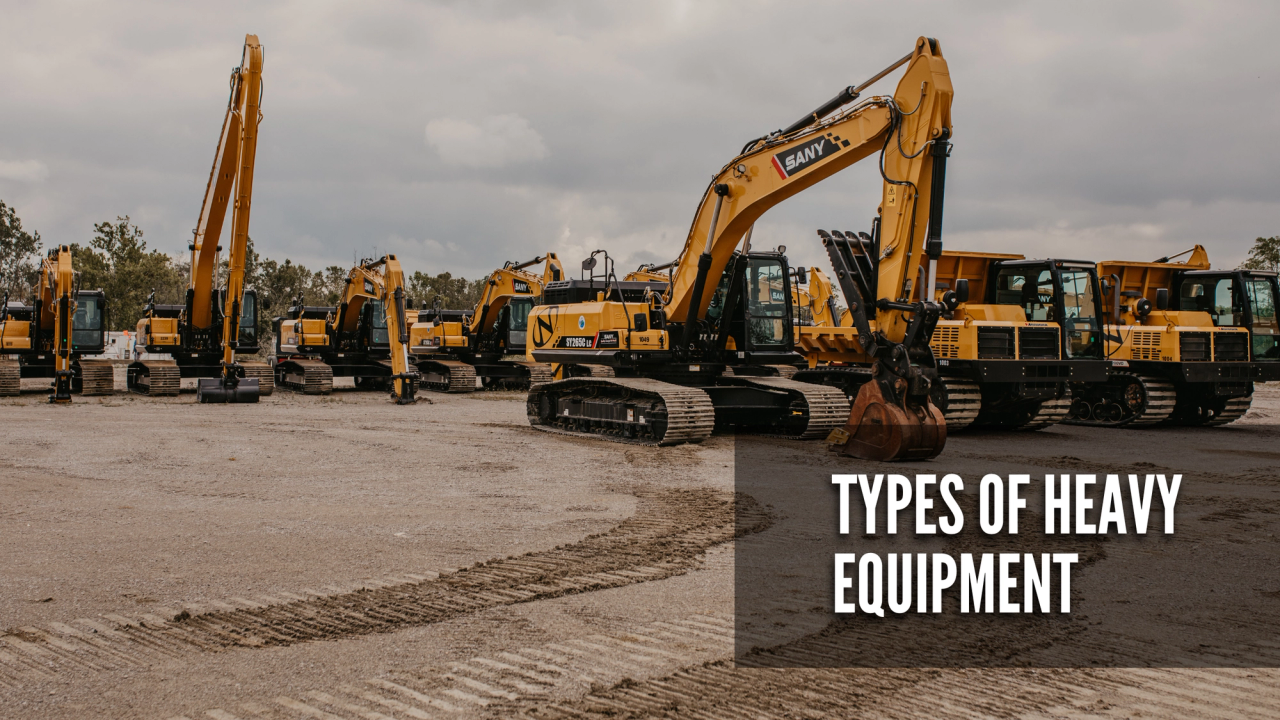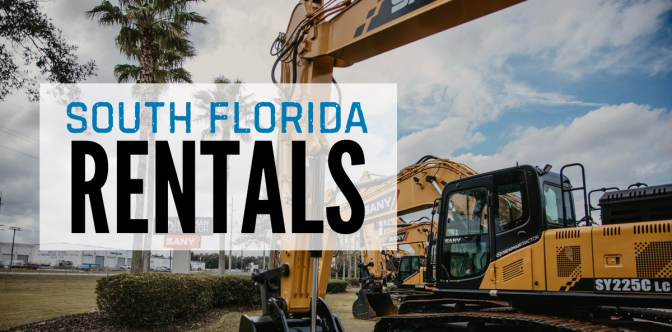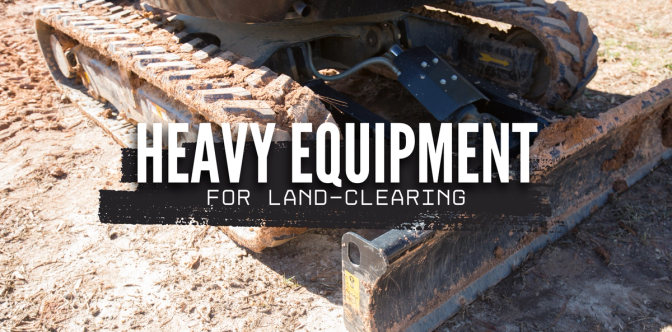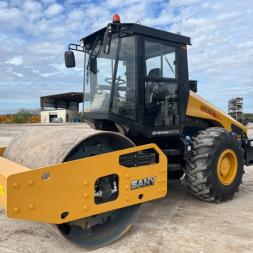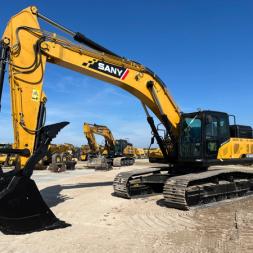Definition of Heavy Equipment
Types of Heavy Equipment
Excavators
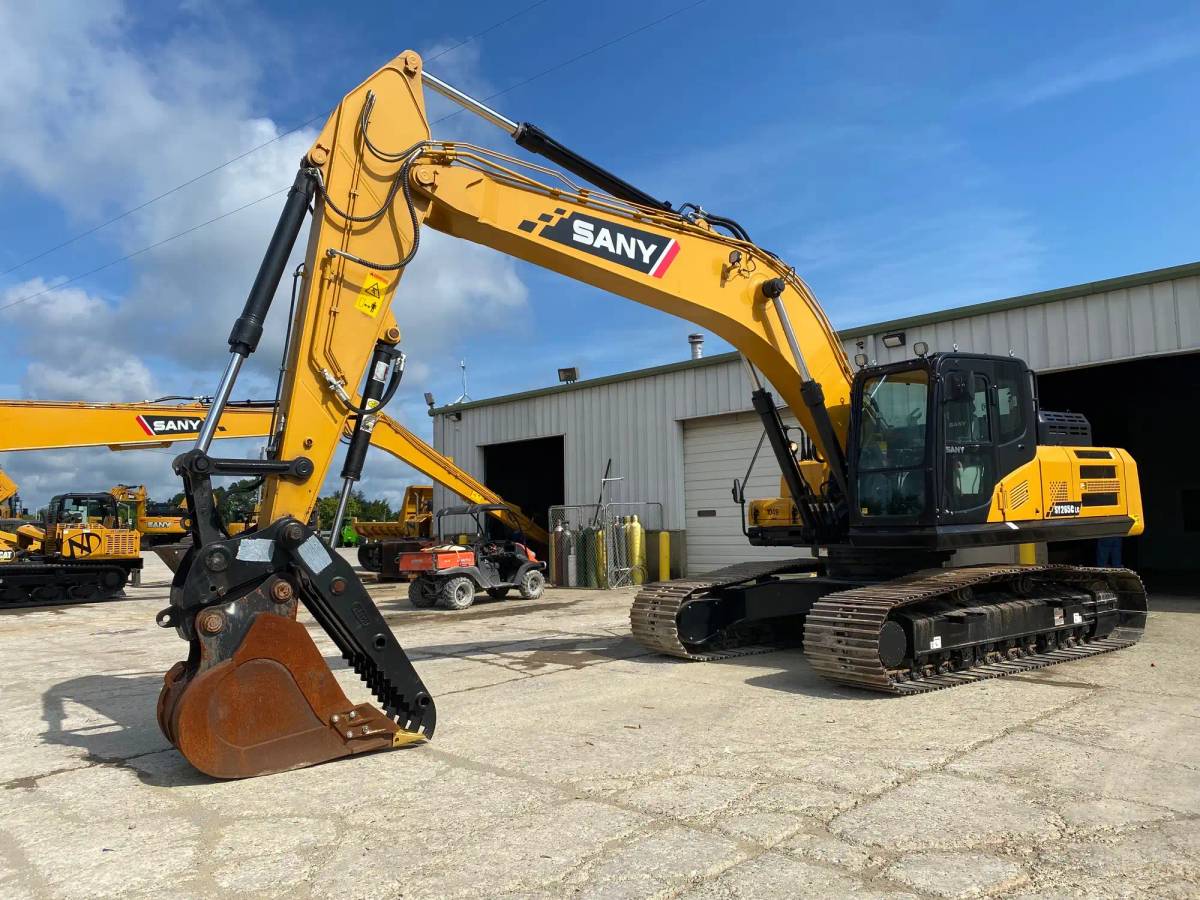
Mini Excavators
Midi Excavators
Standard Excavators
Large Excavators
Bulldozers
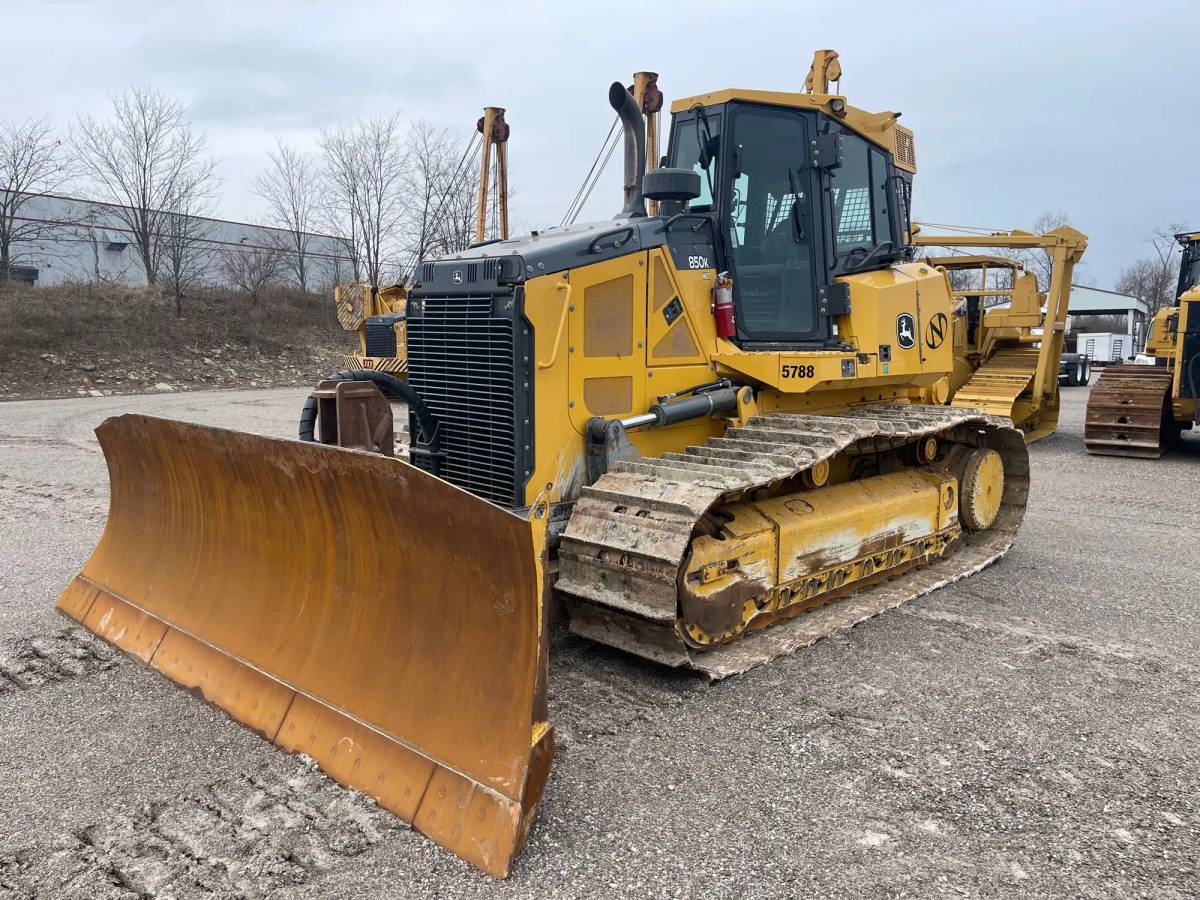
Loaders
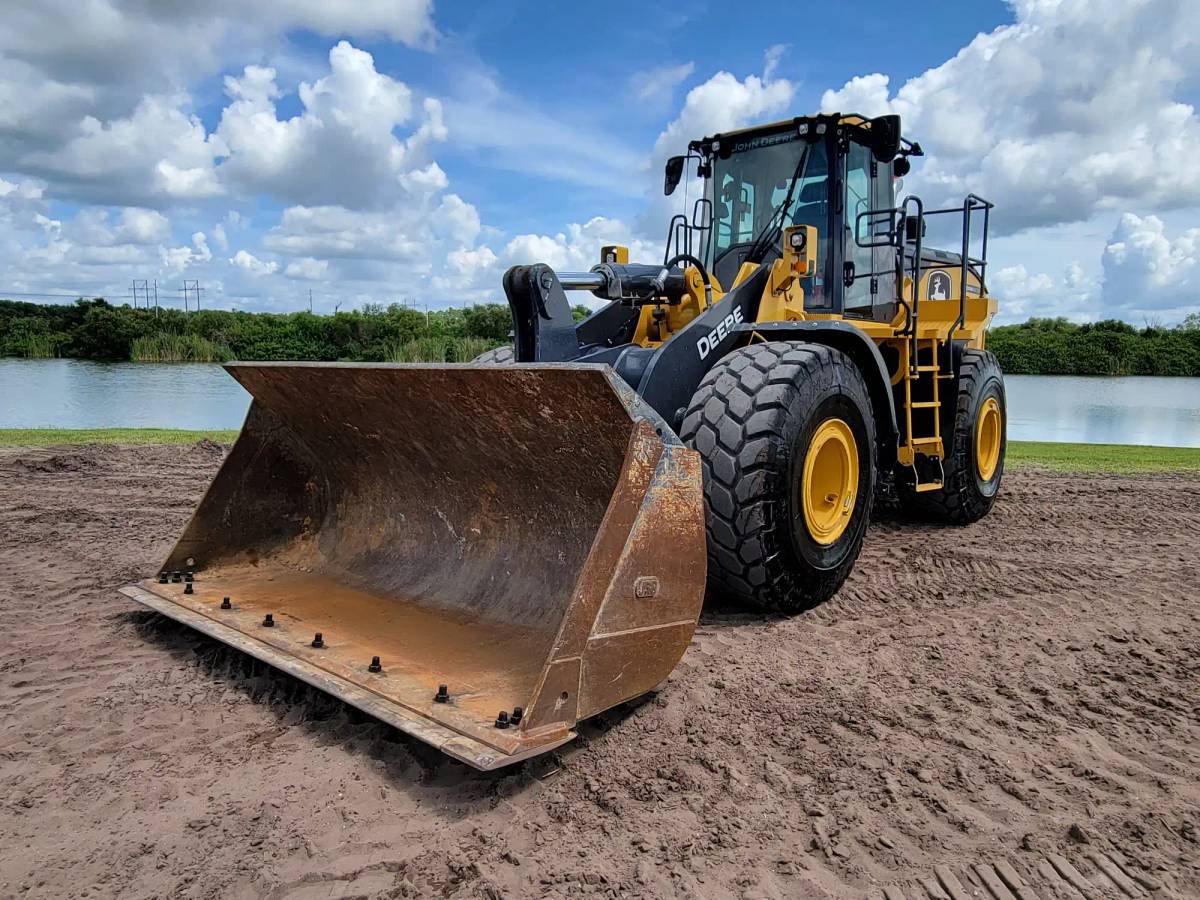
- Wheel Loaders: Also known as bucket loaders or front loaders, these are equipped with a large bucket at the front that can be raised or lowered. They’re ideal for scooping up material from the ground and transporting it over short distances.
- Backhoe Loaders: Combining the features of an excavator and a loader (and sometimes confused with excavators), these machines have a bucket at the front and a boom with a smaller bucket on the back. This design makes them suitable for various tasks such as digging, backfilling, and loading.
Cranes
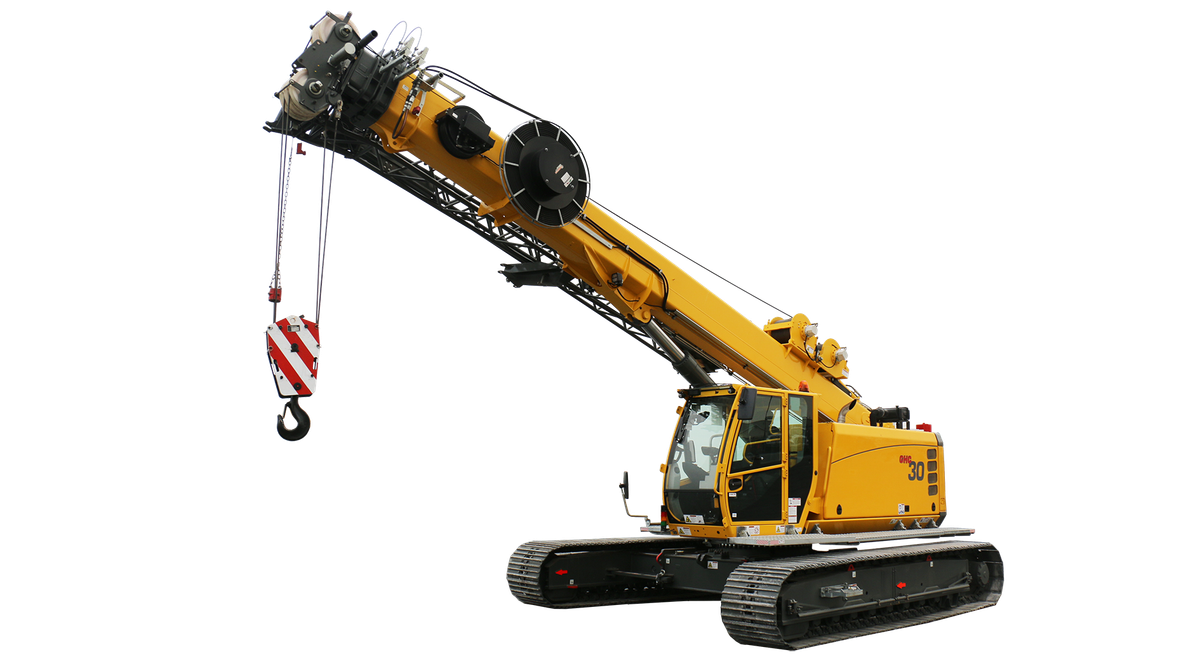
- Tower Cranes: Recognizable by their towering height, you see these dotting skylines for constructing tall buildings and skyscrapers. They offer incredible height and lifting capacity, making them needed for vertical and horizontal reach projects.
- Truck-Mounted Cranes: These cranes are mounted on a rubber tire truck and provide the mobility needed for projects that require the crane to perform at multiple locations. They’re particularly useful in situations where quick setup and dismantling are valued.
- Rough Terrain Cranes: Designed with rugged, deep tread tires, these cranes are built to operate on uneven and rough surfaces. Their stability and robust build make them ideal for construction sites with difficult terrain.
Motor Graders
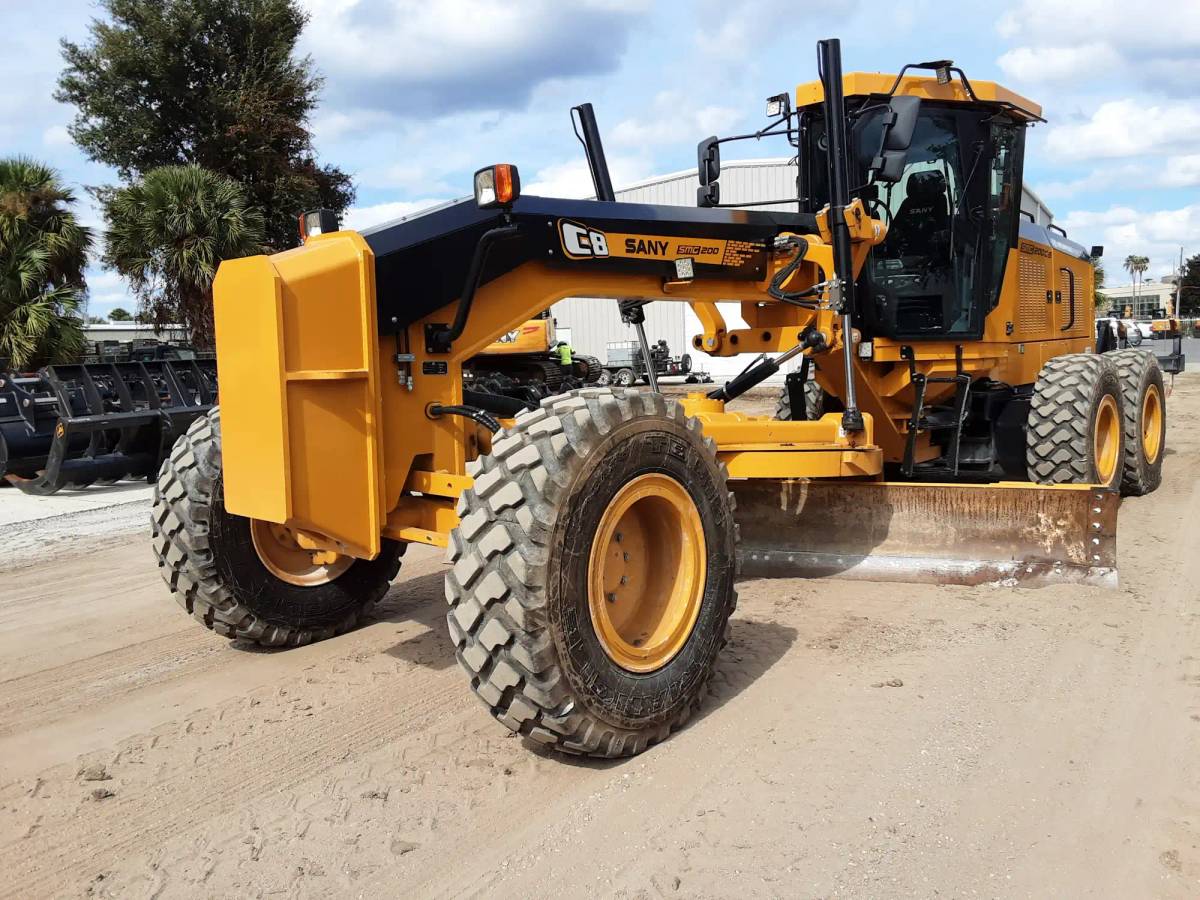
Telehandlers
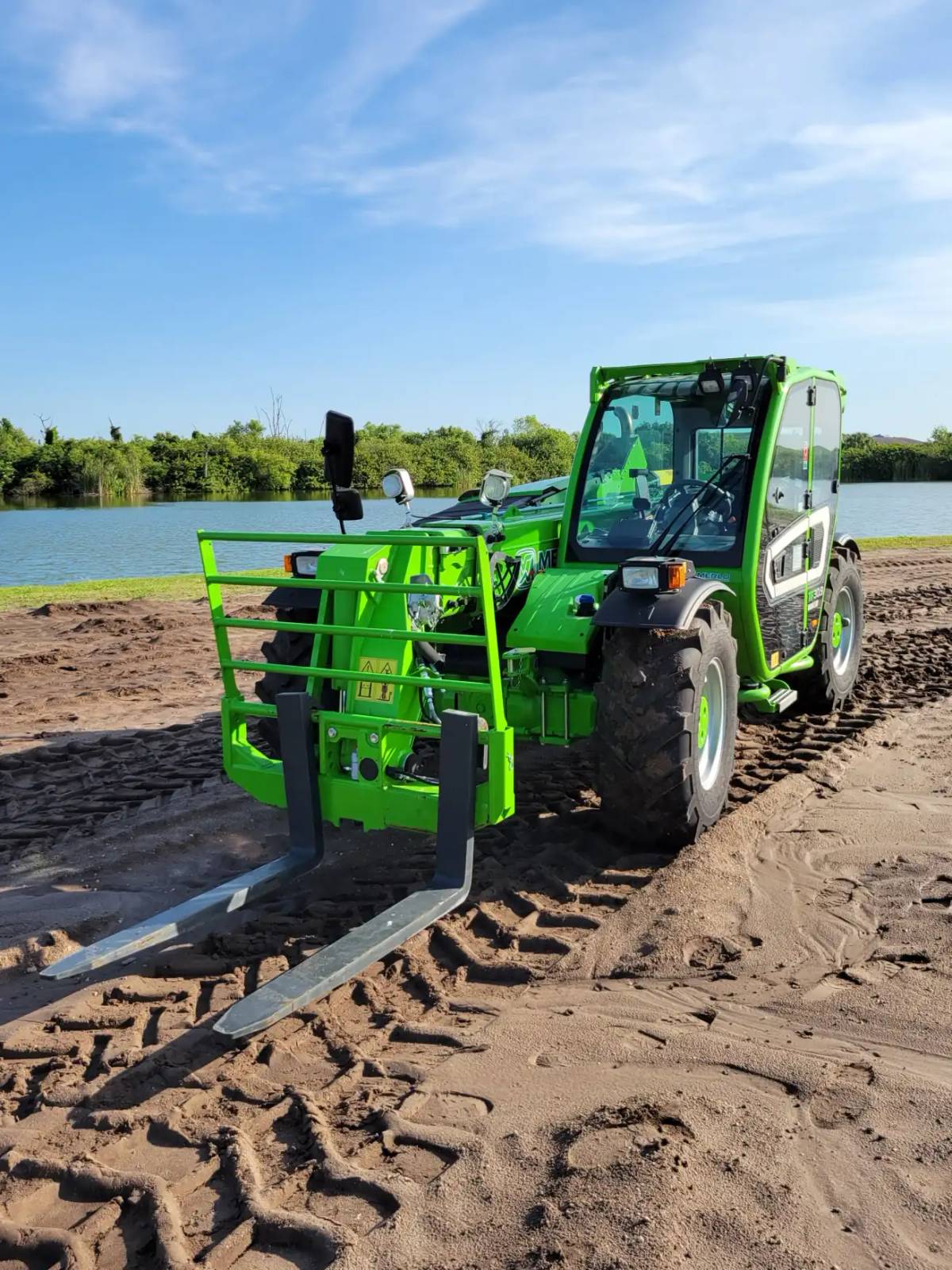
Compactors and Rollers
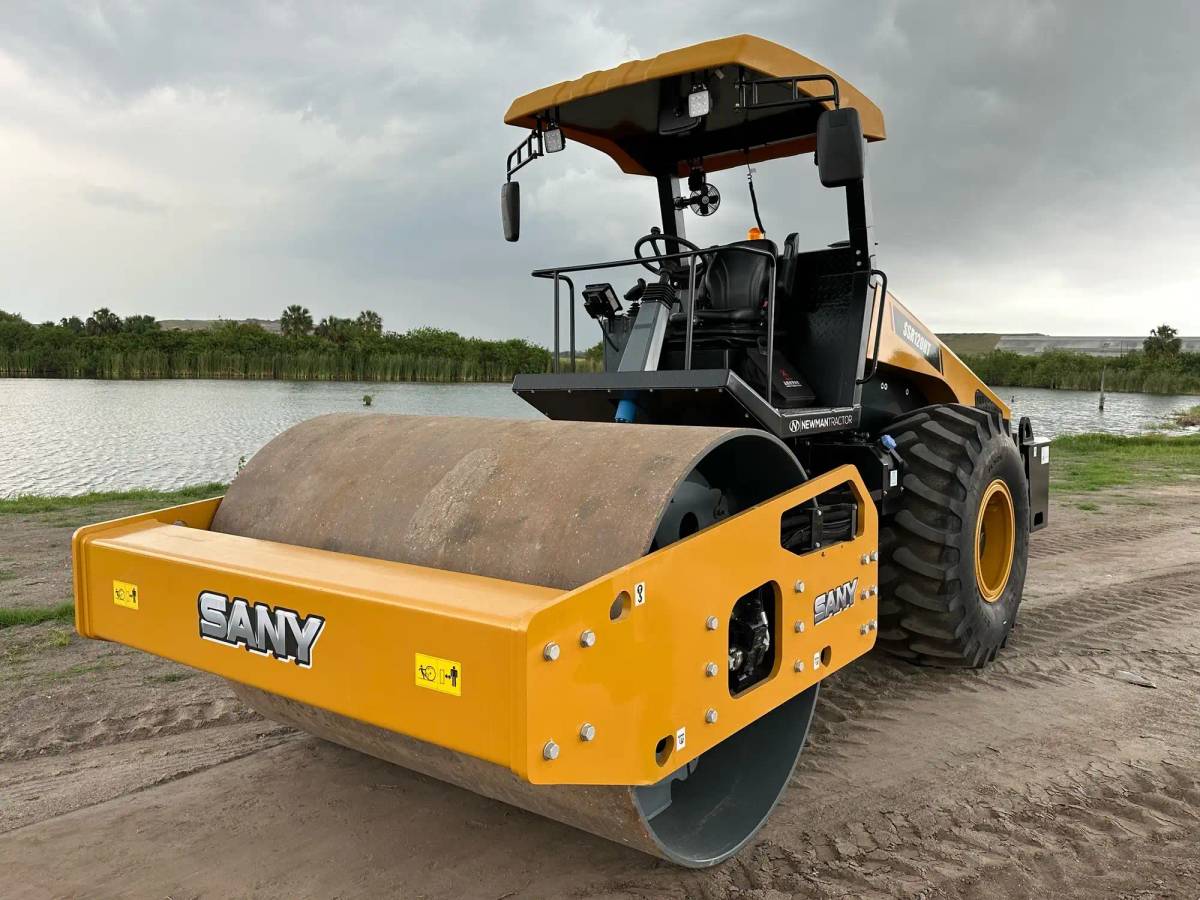
- Smooth Drum Rollers: These rollers, available with one or two drums, are typically used for compacting fine-grained soils such as sand, gravel, and asphalt. The single-drum versions often use a pneumatic tire roller in the rear for finish compaction. The smooth drum provides uniform pressure across the surface, making it ideal for roadways and pavements.
- Pneumatic Tire Rollers: Unlike smooth drum rollers, these use several rubber tires that provide a uniform compaction effort across a wider area. They’re excellent for sealing hot mix asphalt layers as they knead the surface, helping to flatten and shape the pavement.
- Sheepsfoot Rollers: These rollers are equipped with numerous rectangular-shaped protrusions that are very effective at compacting cohesive soils such as clay. The "feet" penetrate deep into the soil to compact the lower layers that smooth drum rollers might not reach.
- Soil Compactor: Specifically engineered to enhance soil density. This machine achieves superior compaction through its unique tamping wheel tip design, substantial machine weight, and high-speed capabilities, which allow for deeper soil penetration.
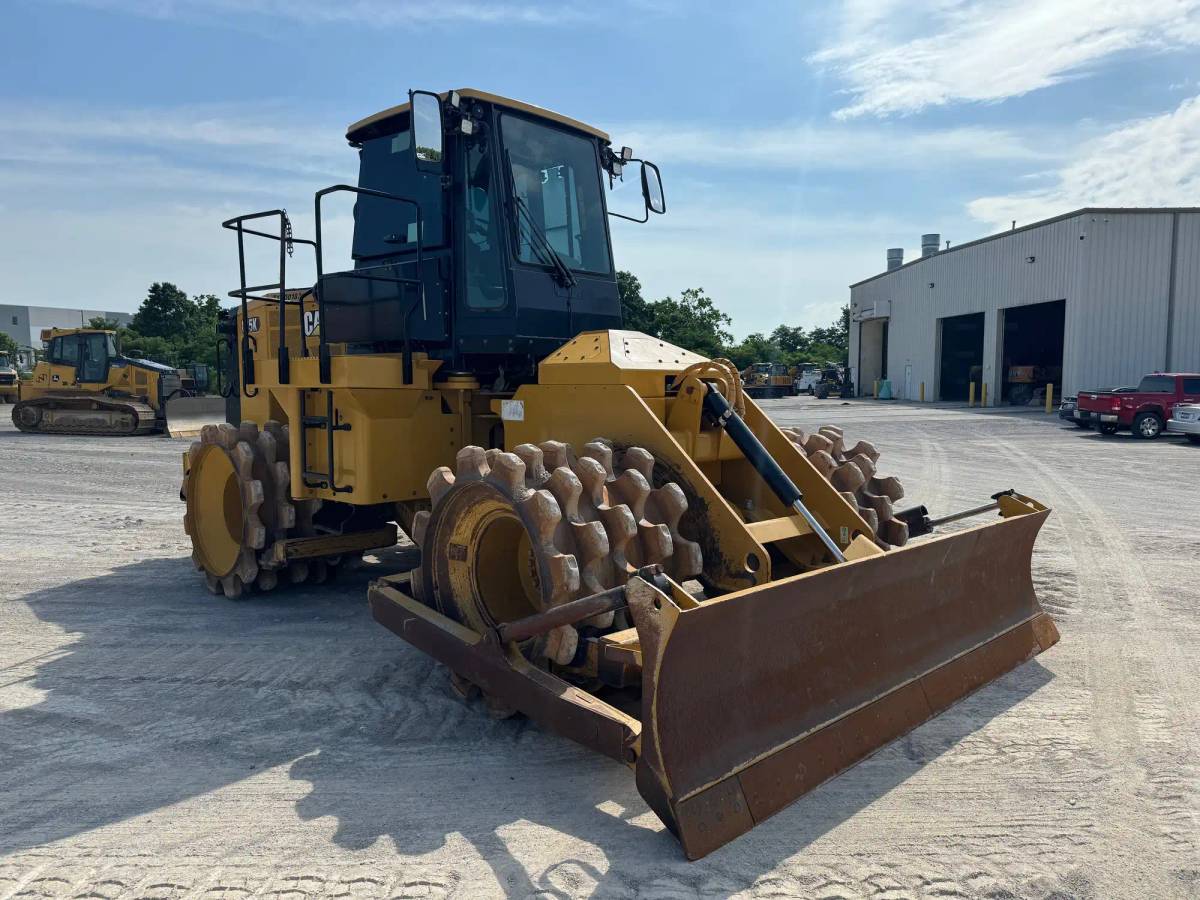
Major Uses of Heavy Equipment
Industries That Rely on Heavy Equipment
- Construction: This is the first industry people think of when they think of heavy equipment. Excavators, bulldozers, and cranes are fundamental in constructing buildings, roads, bridges, and residential areas, performing tasks from excavation to demolition and everything in between.
- Mining: Heavy equipment such as large excavators and loaders are crucial for extraction and material handling in mining operations, enabling efficient digging and transport of earth and minerals.
- Agriculture: Machines like telehandlers and tractors help in various farming tasks, from tilling the land and planting seeds to harvesting crops and managing farm infrastructure.
- Forestry: Equipment such as feller bunchers and skidders are used in forest management to cut and transport trees quickly and efficiently.
- Manufacturing: Cranes and industrial loaders are often used in manufacturing facilities to move heavy raw materials and finished products within the plant.
Interchangeable Roles of Heavy Equipment in Construction
| Equipment | Overlapping Functions | Common Tasks |
|---|---|---|
| Excavators | Loaders, Telehandlers | Digging, Lifting |
| Bulldozers | Motor Graders, Rollers/Compactors | Grading, Leveling |
| Loaders | Excavators, Telehandlers, Motor Graders | Loading, Material Handling, Grading |
| Cranes | Telehandlers | Lifting, Moving Heavy Items |
| Motor Graders | Bulldozers, Loaders | Fine Grading, Leveling |
| Telehandlers | Excavators, Loaders, Cranes | Lifting, Material Handling |
| Rollers/Compactors | Bulldozers | Compaction, Smoothing Surfaces |
